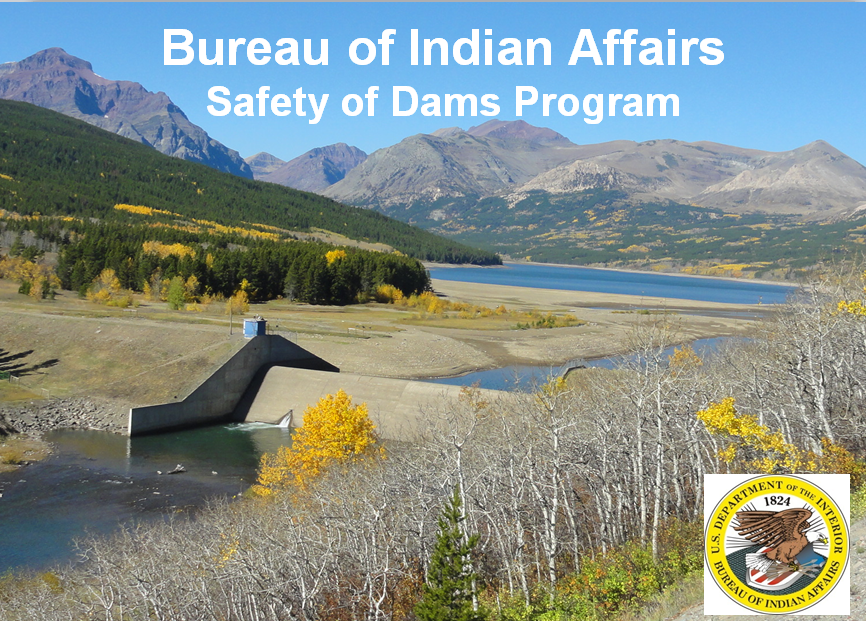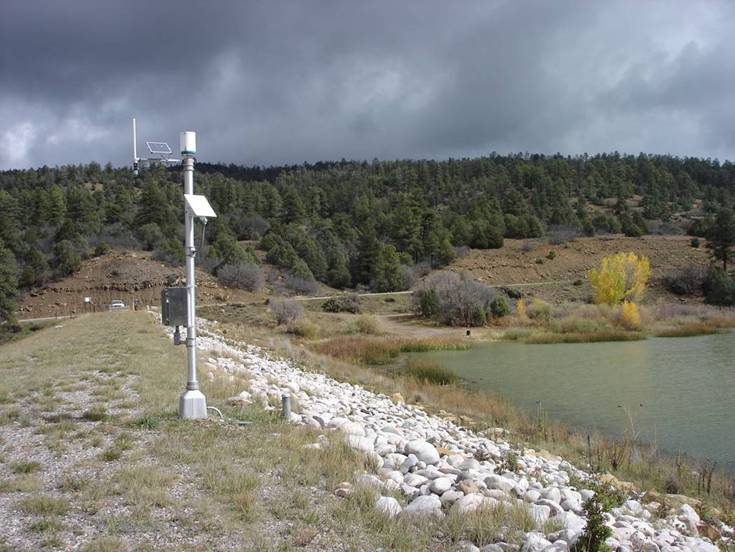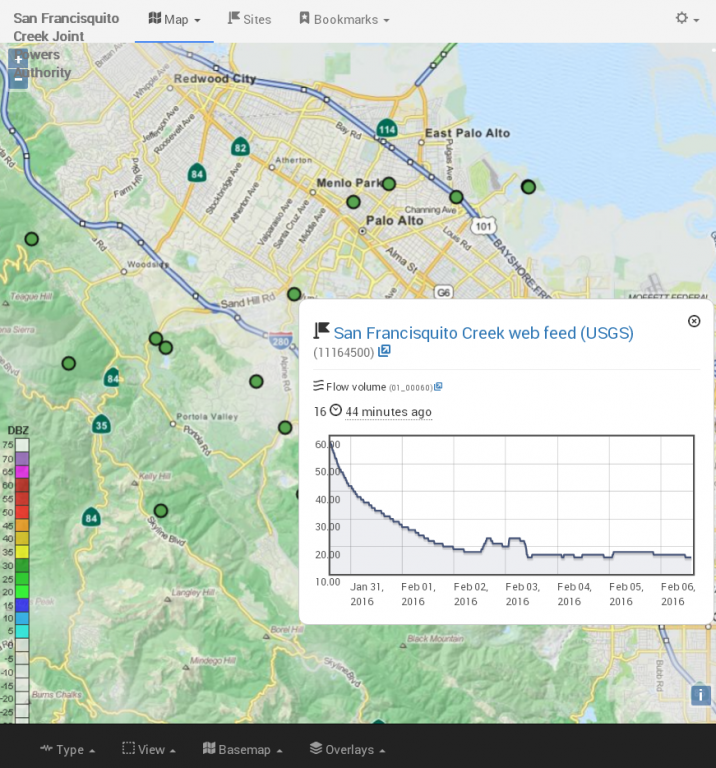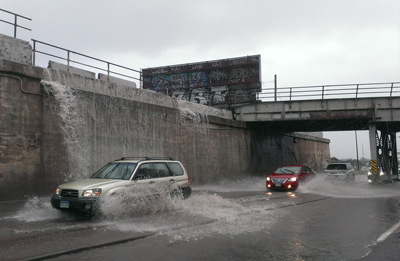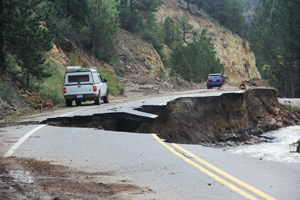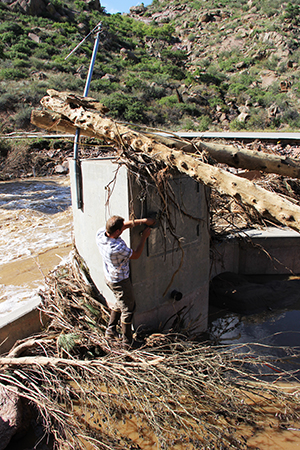Published on January 6, 2020 [Updated April 16, 2020]
Contrail® 8 is here! — OneRain Incorporated is pleased to announce a major new software release for its flagship platform.
In keeping pace with the ever-changing technologies, advances in security, and evolving requirements of their clients, OneRain announced the release of Contrail® 8—the next generation of their flagship software suite for real-time environmental monitoring.
Contrail is the leading enterprise-level software platform that collects, processes and delivers real-time environmental sensor data from local hydrometeorological networks and other external sources for Web-based dissemination, visualization, monitoring and automated alerting. The software provides critical information to help users understand and manage their environmental monitoring-related missions—from flood and road weather safety, to dams, stormwater, wastewater and water resource management—and is key to effective situational awareness and timely decision-making.
Included in this major update is the core Contrail software package, as well as Contrail Inventory plus, Contrail Camera, and Contrail TDMA Manager.
WHAT NEW FEATURES TO EXPECT WITH CONTRAIL 8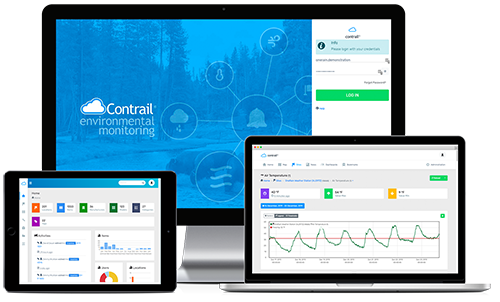
Contrail 8 features include the latest base operating system and core libraries, updated Web design with modern framework, and all-new widgets and graphing features. The release of Contrail 8 comes with a bevy of new features and improvements.
Latest Operating System
Contrail 8 runs on the newly released major version of Enterprise Linux operating system, CentOS 8. CentOS 8 incorporates important advancements in security hardening and optimized performance. It’s one of the most robust operating systems available, where the reliability and stability of systems is key. With this new operating system, Contrail utilizes all of the latest versions of PHP, MySQL, Python, Perl, etc.
Modern Design
A new front-end framework uses modern libraries and updated visualization that optimizes for mobile devices.
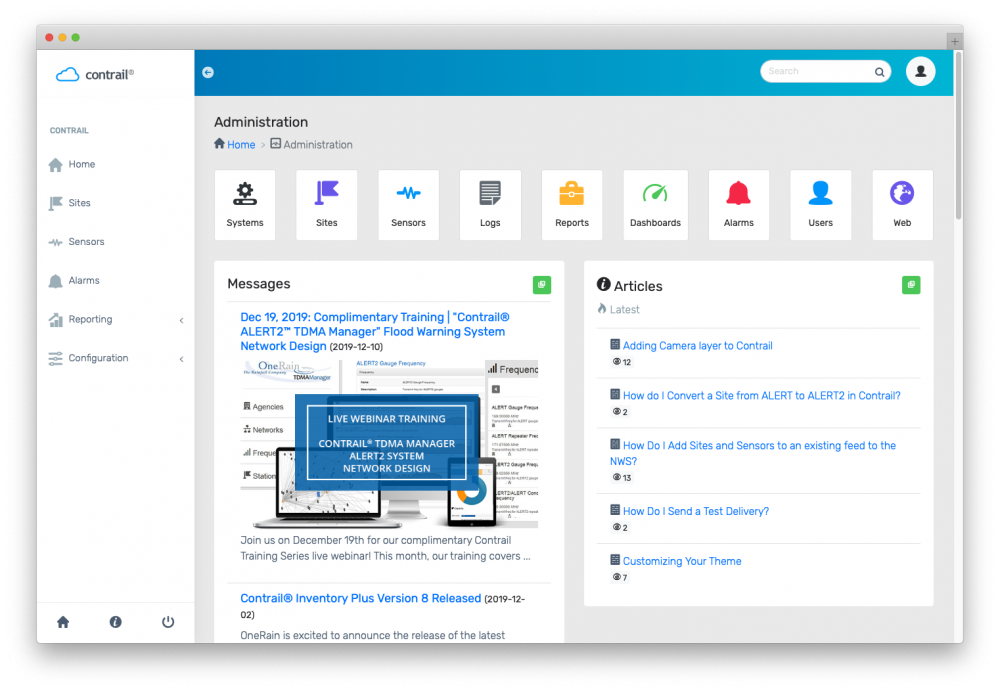
New Graphing Features
New graphing enhancements to easily visualize the data that is important, including historical mode, data quality values, easier axis scaling.
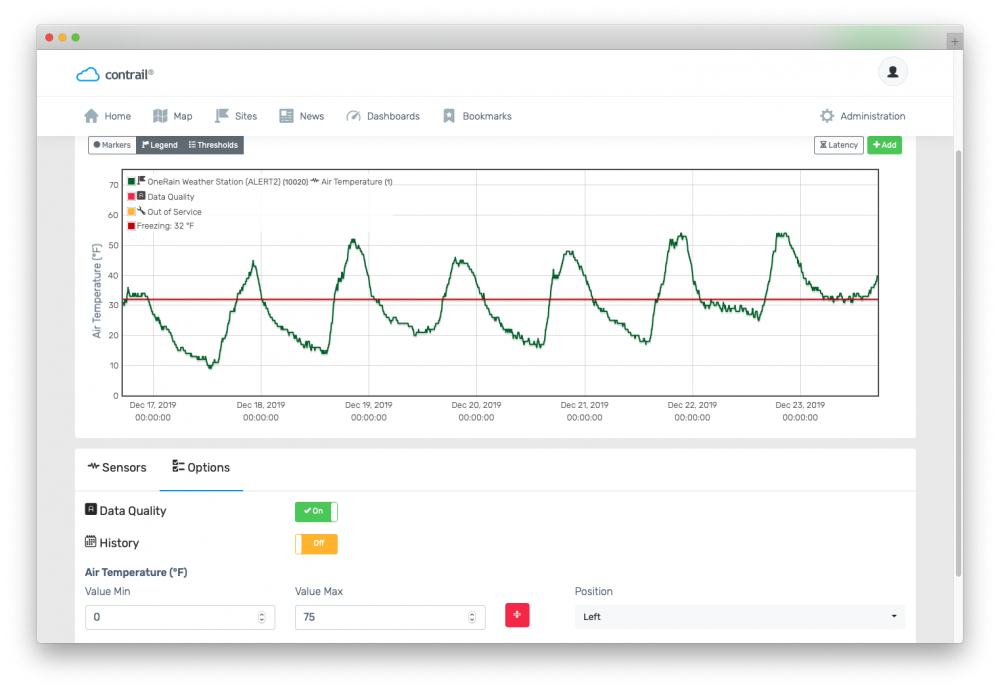
Lots of New Widgets
Several new widgets for Contrail Dashboards have been added, including Wind Speed, Wind Direction, Wind Rose, Wind Direction Distribution, Contrail Camera Image browser for easily viewing previous images, Google Drive for embedding documents, YouTube, Dark Sky, Twitter, Earth Networks, and National Weather Service (NWS), and more…
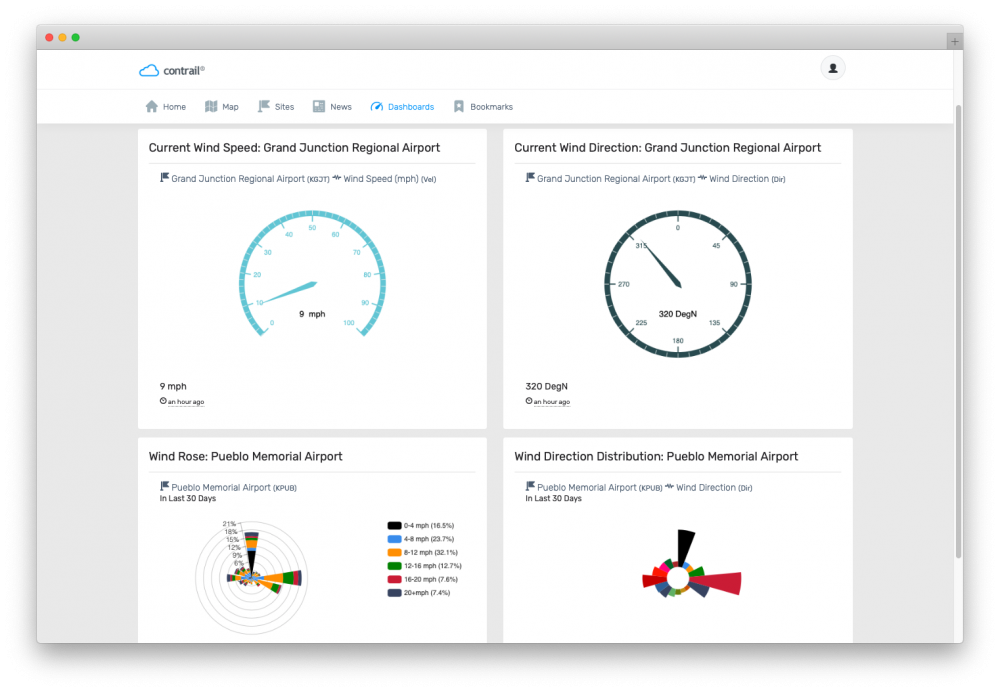
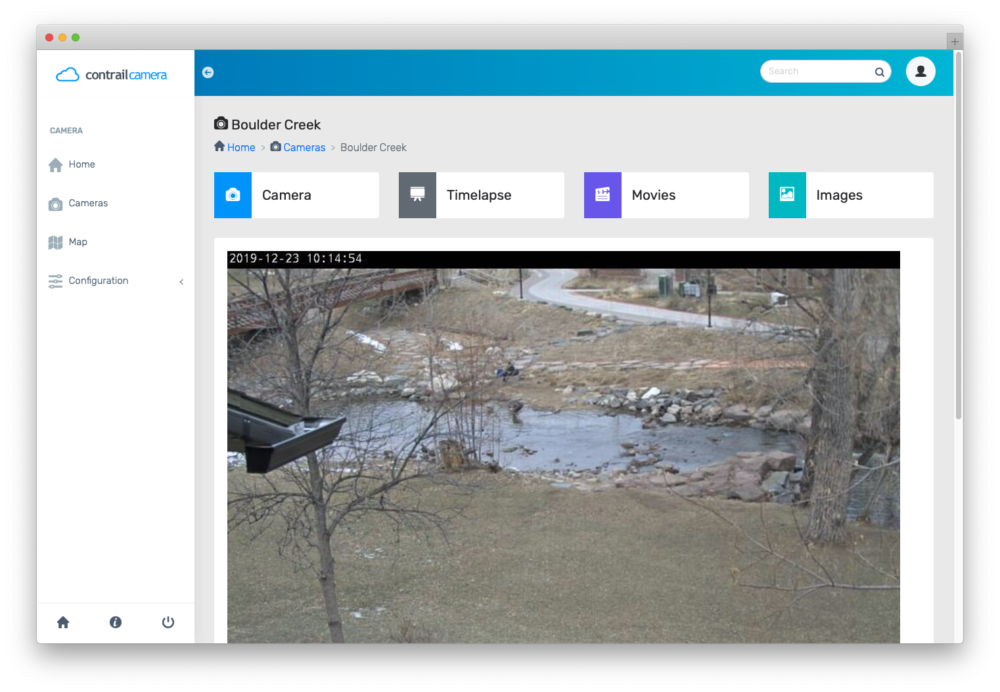
New Data Formats
Contrail is now able to collect new and expanded data formats and offers seamless integration for sending SHEF data to the National Weather Service and others.
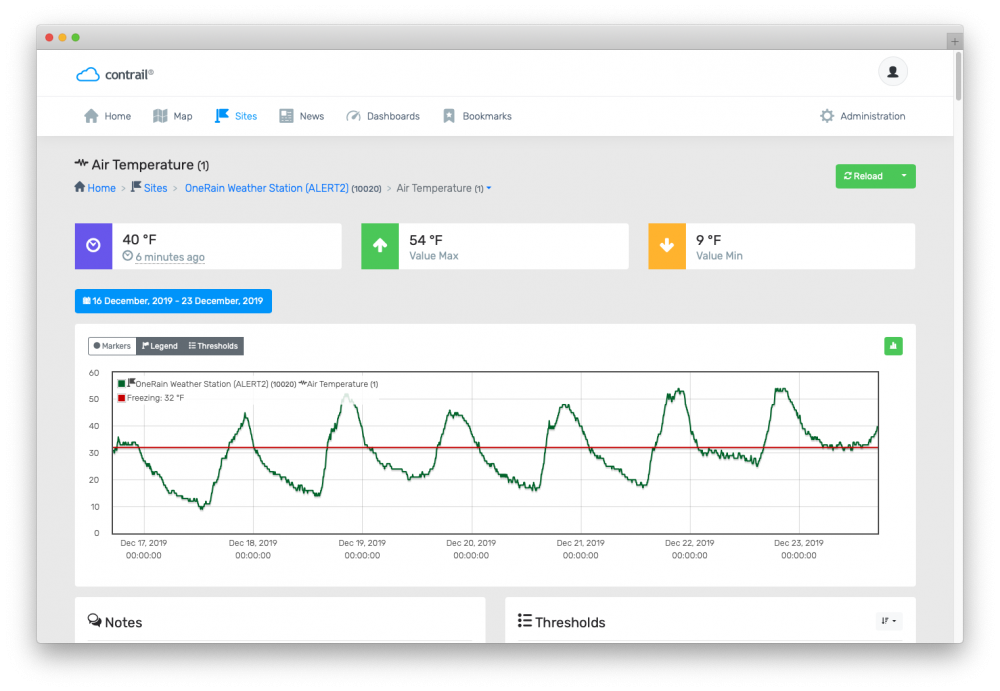
Create New Alert Rules for Contrail Camera
Add Rules to be notified of image latency, and more! An email alert can be generated if Contrail Camera has not received an image in a predetermined amount of time. Additionally, Contrail Camera can alarm on certain image metrics of interest over particular time periods, including if duplicate images are received, a camera is over reporting, or if a image data exceeds certain thresholds.
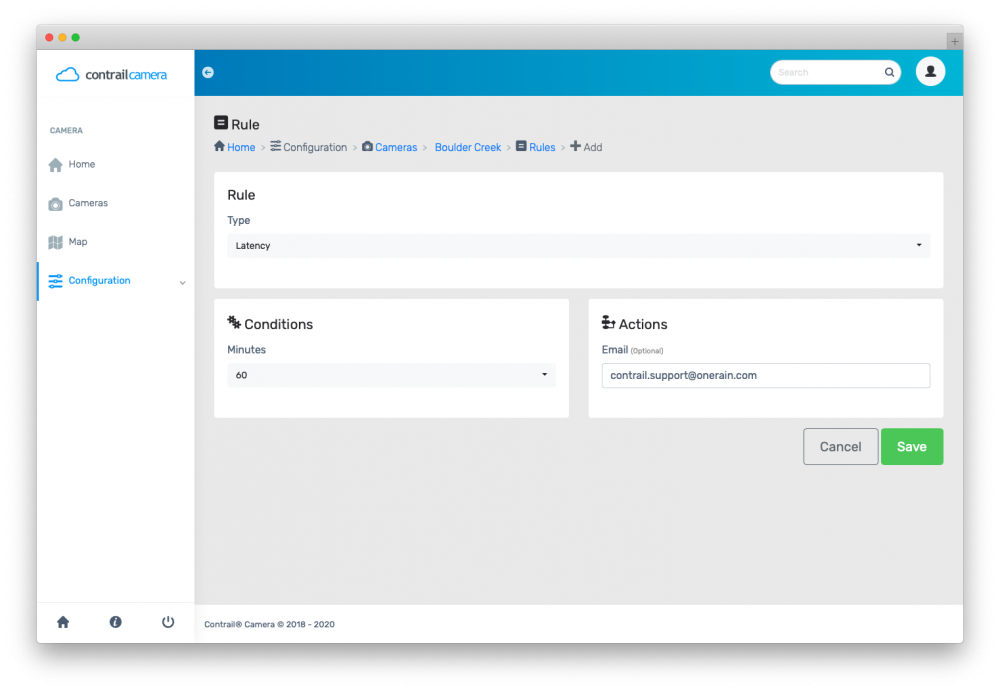
All-New “Help” Website
An all new Help website has been created to make it easier to find the relevant information for general users and system administrators. The website can be found at help.onerain.com, includes Knowledge Base, Articles, Glossary, FAQs, and the opportunity to Chat with our Contrail Support team.
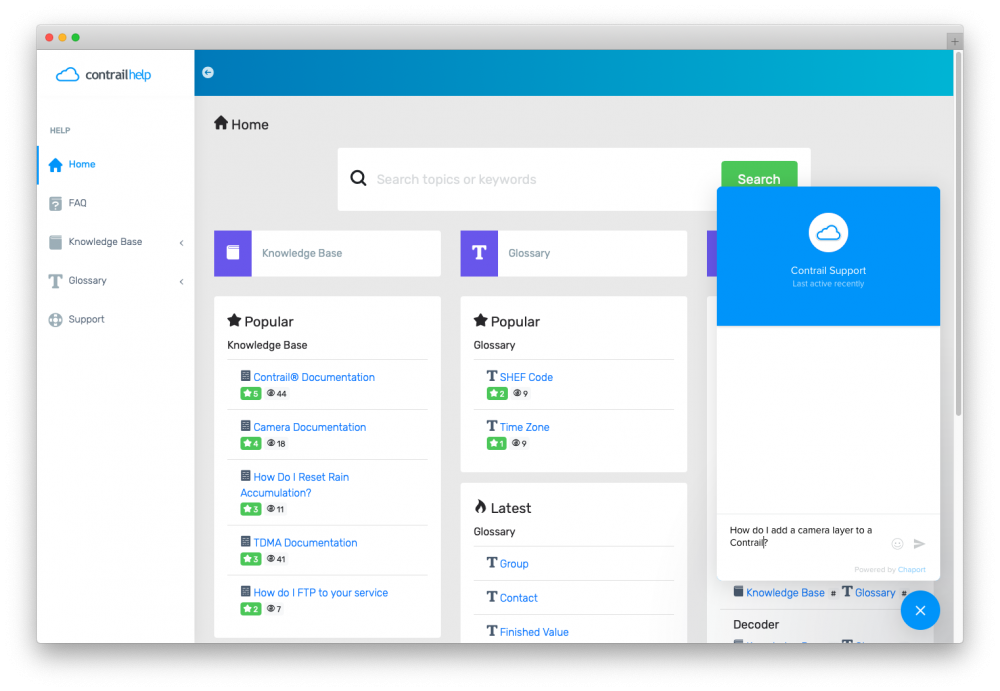
Data Annotations
Users can easily add more information within their data with data annotations. Contrail now includes annotations for documenting any additional information the system administrator would like to show: marking the start/end of a historical event, noting an instrumentation change, or indicating the beginning of a procedural change.
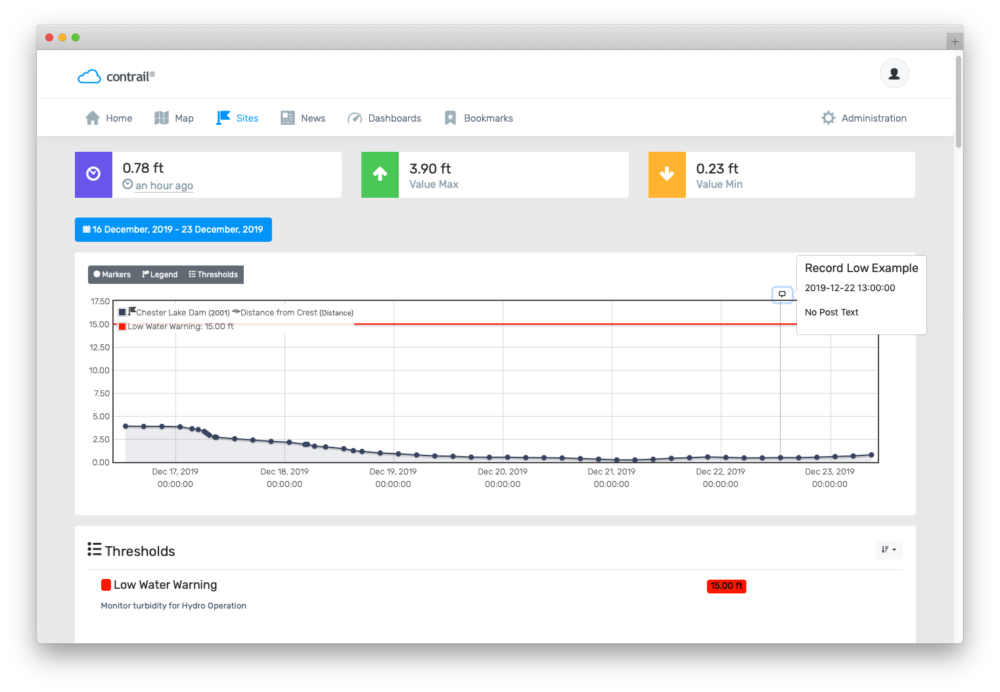
Much More…
New collector and services managers allow for more easily configuring, including easily switching data collection and services between instances of Contrail instances for faster disaster recovery. Users can add notes to any alarm rule to document with additional information. Updated search allows users to quickly get to the information more easily. Enhanced support tools allow for the Contrail team to more easily diagnose and troubleshoot any issues with the software. Additional software configuration options for base station owners.
UPGRADING TO CONTRAIL 8
Contrail 8 is considered a major operating system and application upgrade from Contrail 6, which will now be placed into Long-term Support (LTS). This software upgrade is available to all OneRain-hosted Contrail Web and Contrail Server users as well as licensed on-premise Contrail Base Station users current with standard maintenance.
This upgrade is automatic for Contrail Shared Web and Contrail Cloud Server instances—there’s no need for these customers to take action to receive the update.
For agencies that are running licensed on-premise Contrail Base Station, OneRain’s Contrail Support team will work directly with the agency’s IT department to provision a new server to facilitate the upgrade and migration from existing servers, and enable the running of systems in parallel for a period during the transition.
About OneRain Incorporated
Since 1992, OneRain has been providing solutions that optimize water management, heighten regulatory compliance, achieve successful civil works, and save lives. Headquartered in Longmont, Colorado, OneRain’s software and services deliver mission critical information to serve clients responsible for flood early warning, dam safety and reservoir operations, water resources, stormwater and wastewater management. For more information, visit www.onerain.com or call 800-758-RAIN (7246).
OneRain is proud to be part of Advanced Environmental Monitoring – a family of innovators.
